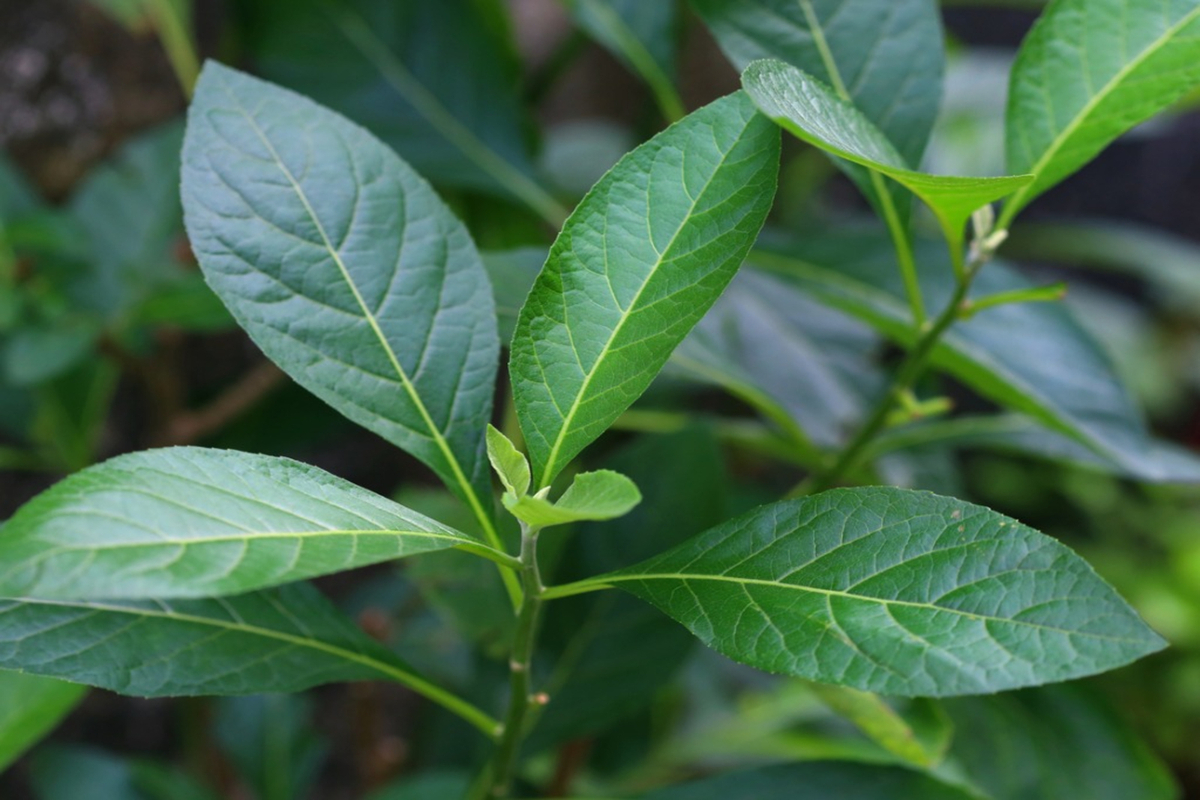- Empty cart.
- Continue Shopping
The Benefits of Bitter Leaf for Diabetes Management

Diabetes management is a critical aspect of maintaining overall health and well-being. While conventional treatments are essential, exploring natural remedies can provide valuable adjunctive support. Bitter leaf, a plant known for its medicinal properties, has gained recognition for its potential benefits in diabetes management.
Understanding Bitter Leaf
Bitter leaf, scientifically known as Vernonia amygdalina, is a plant native to tropical regions of Africa. It is a key component of traditional medicine in many African cultures, revered for its various health benefits. Bitter leaf is rich in bioactive compounds, including alkaloids, flavonoids, and saponins, which contribute to its therapeutic properties.
The Benefits of Bitter Leaf for Diabetes Management
1. Regulation of Blood Sugar Levels
Bitter leaf contains bioactive compounds that have been shown to enhance glucose metabolism. Studies suggest that these compounds may increase insulin sensitivity, allowing cells to better utilize glucose and thereby helping to regulate blood sugar levels.
2. Antioxidant Properties
Antioxidants play a crucial role in neutralizing harmful free radicals in the body. Bitter leaf is abundant in antioxidants, which can help protect pancreatic cells from oxidative stress. This preservation of pancreatic function is essential for the production of insulin.
3. Anti-Inflammatory Effects
Chronic inflammation is a common feature in diabetes. Bitter leaf possesses anti-inflammatory properties, which may help reduce inflammation in various tissues, including those involved in insulin production and utilization.
4. Improved Lipid Profile
Diabetes often coexists with abnormal lipid profiles, including elevated levels of cholesterol and triglycerides. Bitter leaf has been shown to positively influence lipid metabolism, potentially aiding in the management of dyslipidemia associated with diabetes.
5. Weight Management
Maintaining a healthy weight is a key factor in diabetes management. Bitter leaf may contribute to weight control by promoting a feeling of fullness and reducing cravings for high-calorie, sugary foods.
Incorporating Bitter Leaf into Your Routine
1. Bitter Leaf Tea
Bitter leaf can be steeped to make a herbal tea. To prepare, wash and chop the leaves, then steep them in hot water for about 10 minutes. This infusion can be consumed regularly.
2. Incorporate into Soups and Stews
In African cuisine, bitter leaf is commonly used as an ingredient in soups and stews. Its distinct bitter flavor adds depth to dishes while providing potential health benefits.
3. Bitter Leaf Extracts and Supplements
Bitter leaf extracts and supplements are available in various forms, including capsules and tinctures. These concentrated forms offer a convenient way to incorporate bitter leaf into your routine.
Precautions and Considerations
While bitter leaf shows promise in diabetes management, it is important to consult with a healthcare professional before making significant dietary changes or introducing new supplements, especially if you are already on prescribed medications.
Conclusion: A Natural Ally in Diabetes Management
Bitter leaf, with its rich array of bioactive compounds, presents a potential natural approach to supporting blood sugar control in individuals with diabetes. When used as part of a holistic diabetes management plan, bitter leaf may offer valuable benefits. However, it should not be used as a substitute for prescribed medications without proper medical guidance. Embracing the potential of bitter leaf, in consultation with your healthcare provider, can be a positive step towards better diabetes management and improved overall health.








